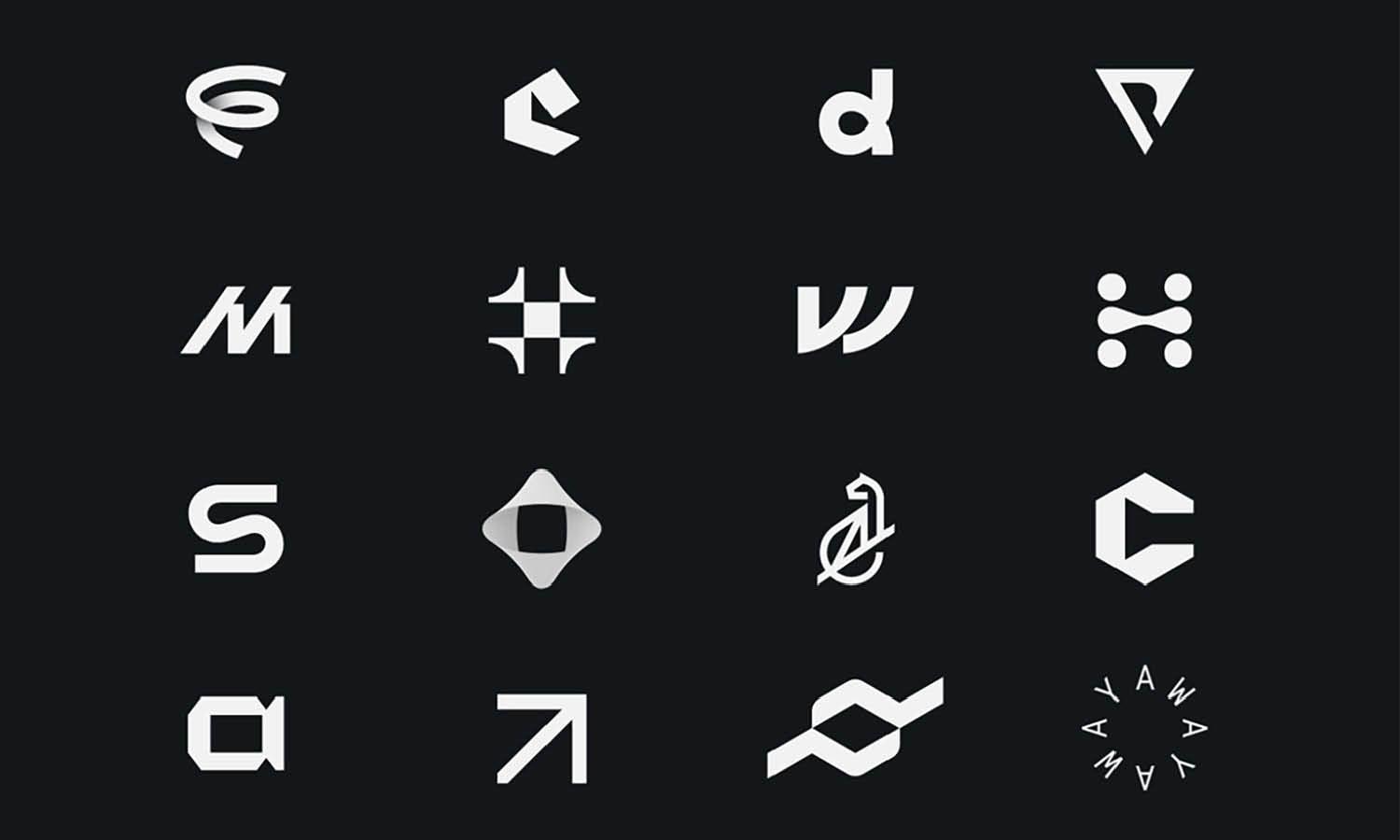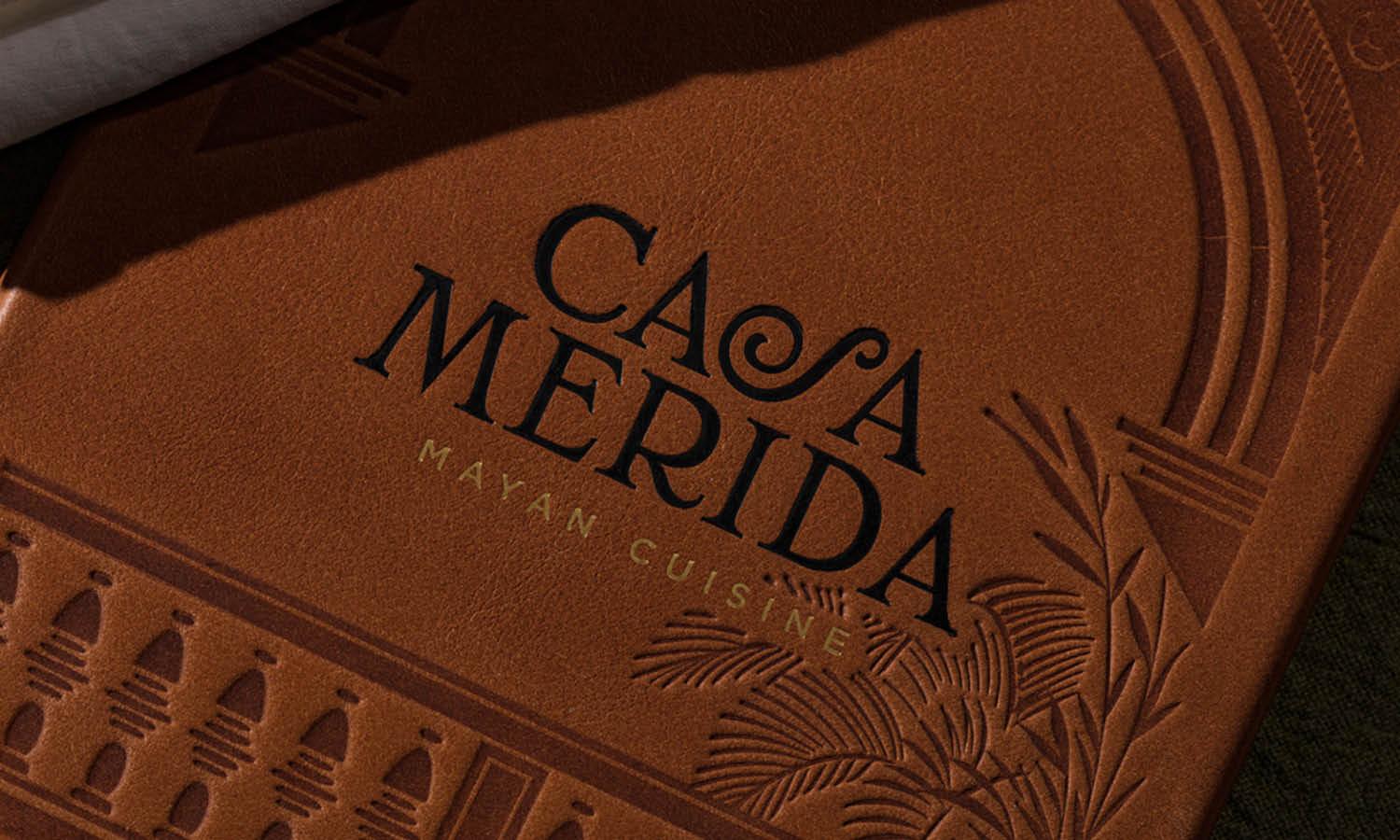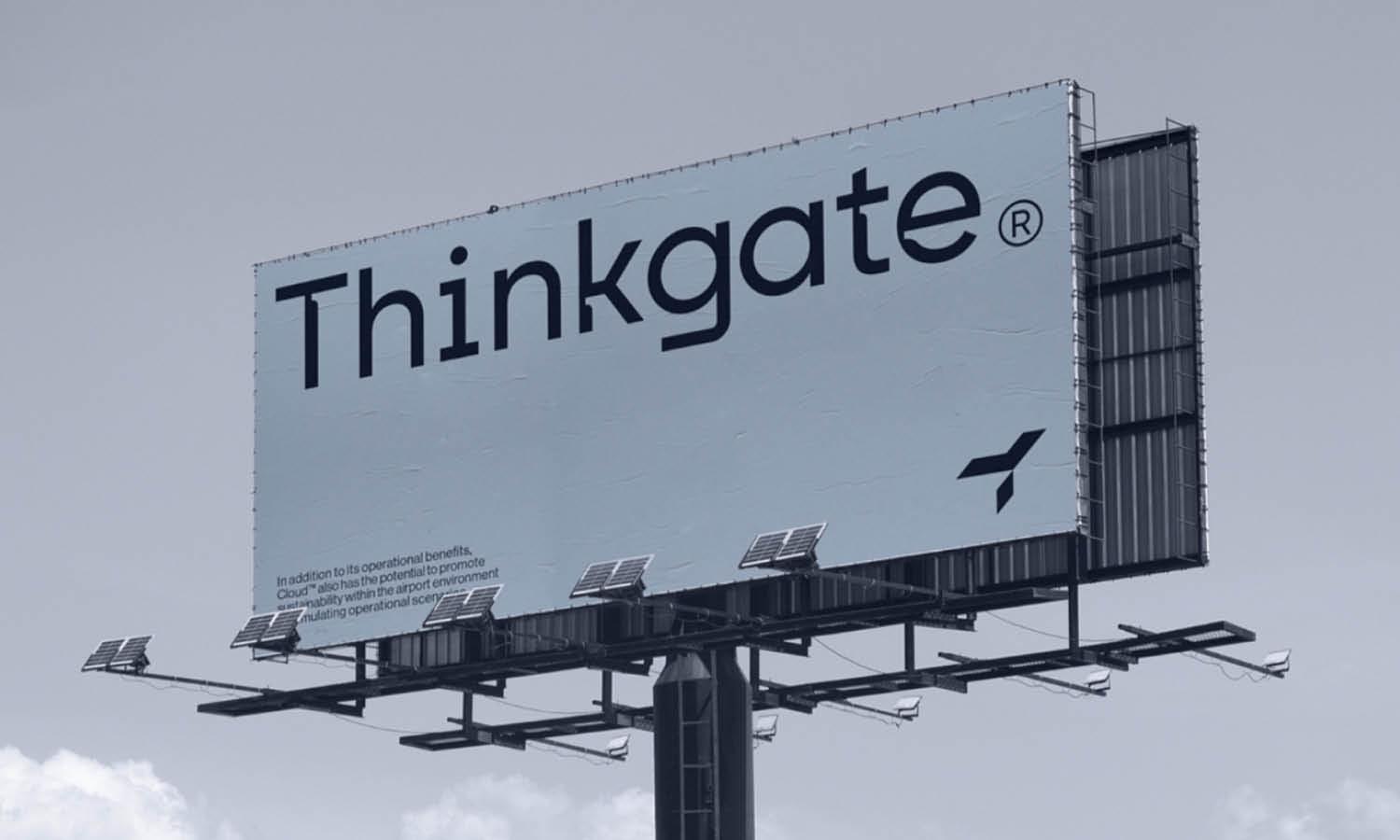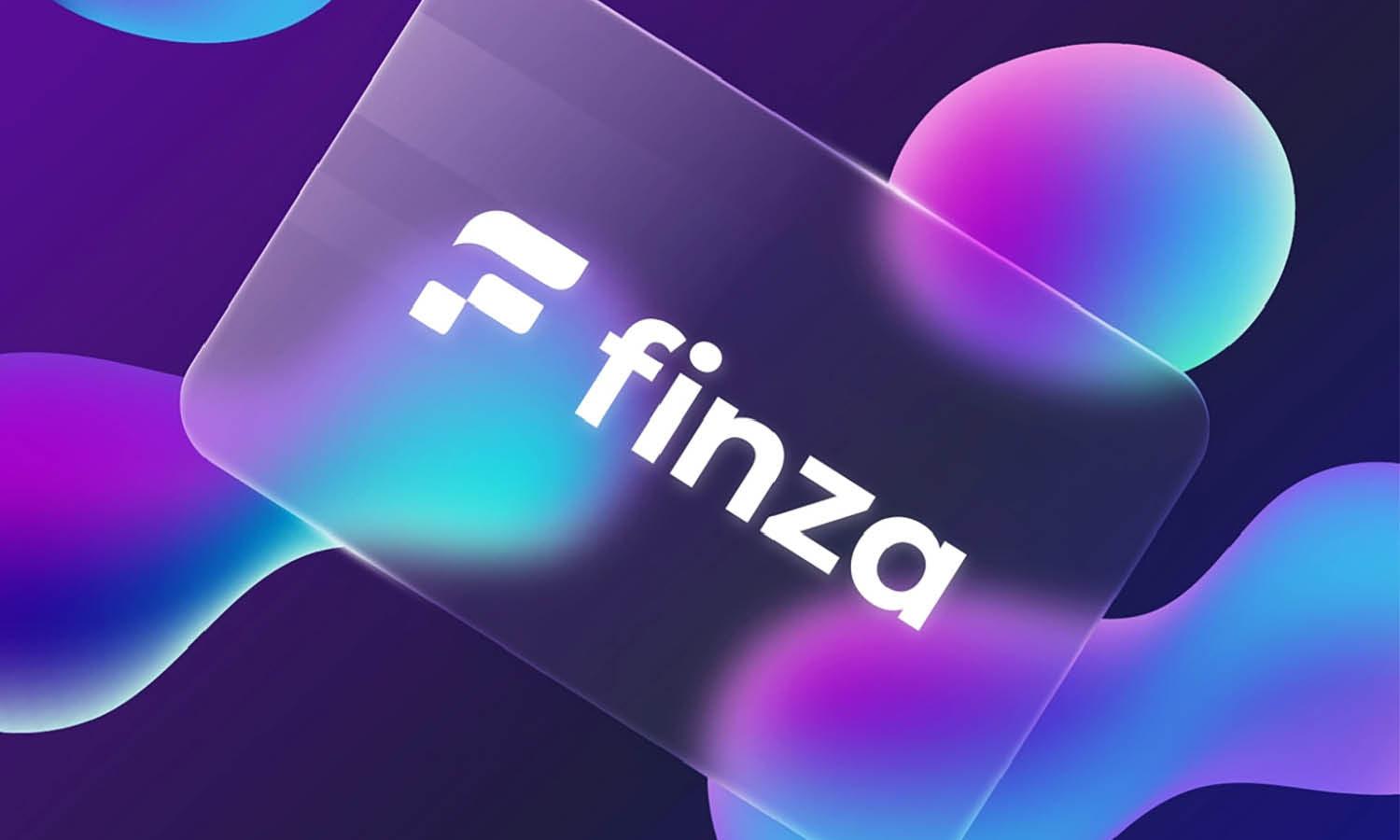Reasons Why Circle Logo Design Is More Powerful

Created by: Only1Mehedi | https://www.behance.net/gallery/122233743/Onid-Logo-Design-App-Logo
In the vast realm of visual branding, the essence of a company often boils down to a singular, impactful emblem: its logo. A potent logo design acts as the visual cornerstone of a brand, imprinting its identity in the minds of consumers. Among the myriad shapes and forms that logos assume, the circle stands out as a symbol of timeless allure. Circle logo design, with its simplistic yet profound geometry, encapsulates values that resonate deeply with audiences worldwide.
This shape, reminiscent of our planet, the sun, and countless natural elements, holds universal appeal and imparts a sense of wholeness and continuity. As brands vie for recognition in an overcrowded market, the circle offers a unique blend of familiarity and differentiation. Whether overtly in the foreground or subtly integrated, the circle's presence in logo design taps into a deep-seated human connection to this form. In this exploration, we will delve into the reasons behind the circle's powerful influence in logo design, shedding light on its enduring charm and its potential for brands today.
The Timeless Appeal of the Circle in Art and Design
The circle, with its continuous curve and absence of a beginning or end, has long held a mesmerizing sway over civilizations, artists, and subsequently, the realm of logo design. Its profound resonance throughout history and across cultures testifies to its intrinsic allure and the manifold meanings it encapsulates.
Dating back to ancient times, circles were venerated as symbols of eternity, unity, and perfection. Consider the ancient stone circles like Stonehenge or the Celtic spirals; these were more than mere aesthetic endeavors. They were deliberate attempts to capture and symbolize eternal cycles - of life, seasons, and time. In these contexts, the circle transcended its geometric simplicity to represent profound cosmic and spiritual truths.
In religious art and architecture, the circle's prevalence is undeniably evident. From the resplendent rose windows in Gothic cathedrals to the encompassing enso in Zen Buddhism, the circle's representation has always hinted at divinity, wholeness, and enlightenment. In such instances, it stands as a testament to the cosmos, completeness, and the omnipresence of a higher power.
As civilizations evolved and art movements transpired, the circle continued to maintain its revered status. The Renaissance period, characterized by its profound respect for symmetry and proportion, saw the circle as the epitome of divine proportion. Artists like Leonardo da Vinci extensively studied and celebrated the circle's properties in their work, viewing it as the perfect shape, harmonious in all its facets.
Fast forward to the 20th century, the era of abstraction and minimalism in art, and the circle re-emerged, not as a symbol of divinity but as a form that encapsulated the essence of simplicity and modernity. Artists like Wassily Kandinsky and Kazimir Malevich, in their abstract compositions, employed the circle to convey a spectrum of emotions and ideas, from balance and harmony to infinity and void.
In tandem with art, the world of design, especially logo design, began recognizing the circle's potential as a versatile and impactful element. Brands sought symbols that could traverse cultural and linguistic barriers, and the circle, with its universal resonance, emerged as an ideal choice. In logo design, circles began to represent brands' global ambitions, their commitment to unity, and their pursuit of perfection. A circle logo design inherently conveys a sense of trustworthiness, consistency, and infinite possibilities. Brands such as Pepsi, BMW, and Starbucks, among countless others, harness the circle's power to create memorable and universally recognizable logos.
However, the circle's significance in logo design isn't just historical or symbolic. From a purely design perspective, circles offer a visual break from the angular, straight-lined logos that also populate the market. Their symmetry is pleasing to the eye, and they fit adaptively into various mediums, be it digital platforms, print, or merchandise.
The circle's appeal in art and design is not a recent phenomenon. Its timeless allure stems from millennia of cultural, spiritual, and artistic associations. The circle has evolved, adapted, and yet, at its core, remained a shape of universal resonance. Its incorporation into logo design is not merely a trend but a thoughtful choice, an ode to its enduring charm, and its unparalleled ability to communicate values that brands hold dear. In a world of ever-changing design aesthetics, the circle remains a constant, a shape that simultaneously looks back at rich traditions and forward to endless possibilities.

Created by: Kristian Grljević | https://www.behance.net/gallery/143146011/Logos-Marks-Vol1
Psychological Impact of the Circle in Logo Design
In the intricate dance of visual communication, the circle in logo design holds a special place, wielding an innate power to evoke emotions and shape perceptions. This power can be traced back to our evolutionary history, cultural narratives, and cognitive processes. Understanding the psychological impact of the circle in logo design is crucial for brands aiming to create a deep and lasting connection with their audience.
At a fundamental level, circles are devoid of sharp edges or aggressive angles. This gives them an inherent sense of safety and protection. Evolutionarily speaking, humans are wired to view sharp objects as potential threats. Circles, with their smooth and continuous lines, are perceived as non-threatening, allowing for an immediate sense of comfort and ease. When a brand employs a circle in its logo design, it unconsciously signals a safe and welcoming space, fostering trust with its consumers.
Beyond safety, the circle symbolizes unity, wholeness, and completion. In many cultures, it's associated with concepts of infinity and timelessness, representing cycles of life, seasons, and celestial movements. When encountered in logo designs, these associations naturally transpose, suggesting that the brand is holistic, comprehensive, and eternal in its offerings. Such associations build an image of a brand that's reliable and enduring.
Furthermore, the circle's symmetry is inherently pleasing to the human eye. Psychologically, humans gravitate towards balance and harmony, finding solace in patterns and shapes that reflect these principles. Circle logo designs tap into this innate preference, resulting in logos that are not just visually appealing but also emotionally resonant.
The psychological impact of the circle extends to the realm of relationships and community. Circles are often evocative of unity and togetherness. Think about how we often sit in circles during group discussions or family gatherings, emphasizing inclusivity and collective participation. A circle logo design can harness this sentiment, positioning the brand as inclusive, community-driven, and customer-centric.
Moreover, circles are a universal shape, recognized and understood across different cultures and languages. Their universality implies that the psychological impact they wield is not limited by geographical or cultural boundaries. Brands that aspire for a global footprint can leverage circle logo designs to create a universally relatable and emotionally consistent brand image.
It's also noteworthy to mention the circle's association with movement and dynamism. While static in form, its roundness suggests rotation, revolution, and cycles. This can be a potent tool for brands wanting to convey growth, innovation, and continuous evolution in their ethos. A circle in logo design can subtly imply that the brand is always in motion, evolving, innovating, and advancing.
The psychological layers underpinning the circle's impact in logo design are manifold and profound. From invoking a sense of safety to suggesting unity, from evoking feelings of trust to symbolizing endless evolution, the circle is a powerhouse of emotional resonance. Brands looking to carve a deep psychological niche in the minds of their consumers can thoughtfully integrate the circle into their logo design strategy. In doing so, they don't merely adopt a shape but harness a legacy of human emotion, association, and cognition. The circle, in its simplicity, offers a rich tapestry of psychological insights, making it an invaluable asset in the world of logo design.

Created by: Brandon Nickerson | https://www.behance.net/gallery/143352723/Logofolio-2021-2022
Aesthetics and Balance in Circle Logo Design
Aesthetics, the branch of philosophy concerned with the nature of beauty and artistic taste, is crucial in the domain of logo design. The aesthetics of a logo can be the difference between it being instantly recognizable or fading into the backdrop of countless other designs. In this context, the circle plays a pivotal role, offering a visually pleasing and balanced foundation for logos that leaves a lasting impression.
At the very heart of the circle's aesthetic appeal is its inherent symmetry. In the visual arts, symmetry is celebrated for its ability to evoke feelings of order, proportion, and harmony—attributes that are often sought after in logo design. The circle, being equidistant from its center at all points, epitomizes this balanced perfection. Whether viewed from the top, bottom, or sides, it remains consistent, reinforcing stability and reliability. For brands, this aesthetic balance in logo design can translate to perceptions of professionalism, trustworthiness, and dependability.
Furthermore, the circle's simplicity offers a canvas that's both minimalist and expansive. While minimalism in design emphasizes clean lines, decluttered spaces, and a reduction to the essentials, it doesn't mean the design should lack depth or versatility. The circle, in its fundamental form, embodies this principle perfectly. Its uncomplicated geometry allows designers to convey complex ideas or brand values without overwhelming the viewer. This balance between simplicity and depth is a hallmark of effective logo design.
But the circle's contribution to balance isn't just about its symmetrical form. Consider the balance between negative and positive space in design. Negative space, or the space around and between the subject of an image, is as crucial as the subject itself. Circle logo designs often excel in manipulating this space, creating logos that are both distinct and easily adaptable to various mediums. This adaptability ensures that whether the logo appears on a business card, a billboard, or a digital platform, it retains its aesthetic integrity.
The enveloping nature of the circle also aids in creating a focal point, directing the viewer’s attention inward. This is invaluable in logo design, where the objective is often to draw attention to a brand name or symbol. By encapsulating elements within its boundary, the circle ensures that the viewer's gaze remains centered, reinforcing brand recall.
Moreover, the fluidity of circles offers a contrast to the rigidity often found in other geometric logo designs. In a landscape dominated by angular, straight-edged logos, a circle can provide a visual respite. It introduces softness and curvature, attributes that can make a logo more approachable and human-centric. Brands aiming to appear personable, friendly, or community-driven can benefit from the circle's aesthetic softness.
The circle’s role in logo design aesthetics is both foundational and transformative. Its symmetrical beauty introduces balance and order, while its versatility ensures adaptability across mediums. By creating a harmonious interplay of negative and positive spaces, it accentuates focal points, ensuring the logo’s core message isn’t lost. Lastly, its fluid and enveloping nature offers a contrast to the norm, allowing brands to stand out in a crowded marketplace. As aesthetics and balance remain paramount in logo design, the circle's significance is only bound to grow, further solidifying its position as a cornerstone of impactful design.

Created by: iframe design studio | https://www.behance.net/gallery/144373881/Logos-Marks-2021
Notable Brands Embracing Circle Logo Design
The world of branding is vast and ever-evolving, with companies continually vying for a unique visual identity to capture consumer attention. Amidst the plethora of shapes and designs that dominate the landscape, the circle has been a steadfast favorite. Many iconic brands have embraced circle logo design, leveraging its universal appeal and the myriad of emotions it can evoke. Let's delve into a few notable examples that have effectively harnessed the circle's potential.
BMW
The German automobile giant, BMW, boasts a logo that is instantly recognizable worldwide. The blue and white quadrants within a circle are not only a nod to the Bavarian flag but also convey the brand's heritage and commitment to excellence. The circle envelops these elements, suggesting continuity, unity, and the cyclical nature of innovation that the brand stands for.
Starbucks
This coffee behemoth's logo underwent several transformations, but its core has always been the circular emblem featuring a siren. The circle logo design encapsulates the siren, drawing attention to her and the brand's maritime roots, while also symbolizing the global, all-encompassing reach of Starbucks.
Pepsi
While the brand has seen numerous iterations of its logo over the decades, the circle has remained a constant. The swirling red, white, and blue globe is not just representative of the drink's effervescence but also speaks to its universal appeal. The circle reinforces the idea of the brand being a global staple, relatable and loved across continents.
Target
The American retail corporation employs a simple yet highly effective circle logo design. The bold red and white bullseye is both a play on the brand's name and an indication of its goal: to be the prime destination for shoppers. The circle, in this case, signifies focus, precision, and the brand's commitment to being on target with its offerings.
The Olympic Rings
While not a commercial brand, the Olympics' interlocking rings are among the most recognizable logos globally. Each ring, a perfect circle, represents one of the five continents participating in the Games. The logo not only emphasizes unity and global camaraderie but also the eternal spirit of sportsmanship that the Games aim to foster.
Oreo
The beloved cookie brand employs a circle in its logo, mirroring the shape of its product. The design, with its intricate detailing within the circle, is both an invitation to explore the cookie's layers and a representation of the brand's rich history.
AT&T
The telecommunication giant's globe logo, encased within a circle, stands for its worldwide connectivity and the comprehensive range of services it offers. The circle, in this context, denotes a world brought closer together through communication.
These brands, each a titan in its respective industry, have tapped into the multifaceted nature of the circle in their logo designs. Whether it's to convey unity, focus, global reach, or heritage, the circle provides a versatile platform for brands to tell their stories. By choosing a circle logo design, they align with the values of continuity, unity, and perfection, ensuring their logos aren't just seen but also felt and remembered.
In the ever-competitive world of branding, where differentiation is key, the circle offers both a classic touch and room for innovation. The above brands stand as a testament to the circle's enduring charm in logo design, proving that sometimes, going round in design thinking brings you right to the forefront of consumer consciousness.

Created by: Mila Katagarova | https://www.behance.net/gallery/119738403/Circle-based-logos
Advantages of Circle Logo Design Over Other Shapes
In the diverse realm of graphic design, the choice of a shape can significantly influence the reception and perception of a logo. Each shape carries inherent connotations and psychological implications that can resonate differently with audiences. While numerous geometric shapes can be employed in logo design, the circle stands out for several reasons. Let’s explore the advantages of circle logo design over other shapes and understand why it continues to be a preferred choice for brands worldwide.
Universal Recognition
Circles are universally understood and recognized across cultures, languages, and regions. Their timeless appeal ensures that circle logo designs resonate with diverse audiences, making them ideal for brands with a global footprint or those aiming for universal appeal. In contrast, some shapes might hold specific cultural or regional connotations, limiting their global resonance.
Fluidity and Continuity
Unlike angular shapes that have definitive start and end points, the circle flows seamlessly, symbolizing continuity, eternity, and wholeness. This fluidity can impart values of unbroken commitment, endless innovation, or holistic offerings to a brand, attributes that might be challenging to convey with more angular shapes.
Natural Softness
Circles lack sharp edges or corners, lending them a softness and approachability that can make a brand appear more inviting and less aggressive. While rectangles, squares, or triangles can imply stability, structure, or direction, they might not exude the same warmth and inclusivity as circles.
Versatility in Design
Circles provide a balanced canvas for design experimentation. Whether a brand wants to encapsulate its name, symbol, or a combination within the circle, the symmetrical nature of this shape ensures that the design remains centered and harmonious. This level of balance might be trickier to achieve with asymmetrical or irregular shapes.
Focus and Emphasis
Circles inherently draw the viewer's attention inward, creating a natural focal point. This can be particularly advantageous for logos where the brand wants to highlight a specific element or message. In contrast, shapes with outward-pointing angles, like triangles or stars, can sometimes disperse attention rather than concentrating it.
Symbolic Depth
As previously discussed, circles are rich in symbolism, denoting unity, perfection, and infinity. This depth of meaning might be challenging to achieve with more simplistic or less historically significant shapes. By choosing a circle for logo design, brands can leverage these multi-layered interpretations to add depth to their brand narrative.
Adaptability Across Mediums
Due to their balanced nature, circle logos are highly adaptable. They can easily fit into various platforms and mediums, from social media icons to business cards, without losing their aesthetic appeal. Some shapes, especially complex or elongated ones, might not offer the same level of adaptability.
Standout Factor
Given the dominance of rectangular and square formats, especially in digital platforms, circle logos can provide a visual respite and differentiation. Brands looking for a distinct visual identity that sets them apart from the norm can benefit from the circle's unique visual appeal.
While every shape has its merits in the world of logo design, the circle offers a blend of universality, symbolism, adaptability, and aesthetics that few can match. Its advantages over other shapes make it a go-to choice for designers and brands aiming for a timeless, resonant, and versatile logo. As brands continually seek to forge deeper connections with their audiences, the circle in logo design remains an invaluable tool in their arsenal, bridging the gap between visual appeal and emotional resonance.
Conclusion
In the dynamic realm of logo design, the circle stands as a testament to timeless appeal and versatile expression. Its universal recognition, profound symbolism, and aesthetic balance make it a favored choice for brands seeking a resonant and enduring visual identity. As we've journeyed through its historical significance, psychological impact, and practical advantages, it's evident that circle logo design is more than just a trend—it's a powerful design strategy that speaks to the very core of human perception and emotion. In the world of branding, circles truly come full circle, encapsulating a brand's essence with unmatched elegance.
Let Us Know What You Think!
These fantastic logo design articles are written and curated by Kreafolk's team. We hope you enjoy our information and remember to leave us a comment below. Cheers!













Leave a Comment